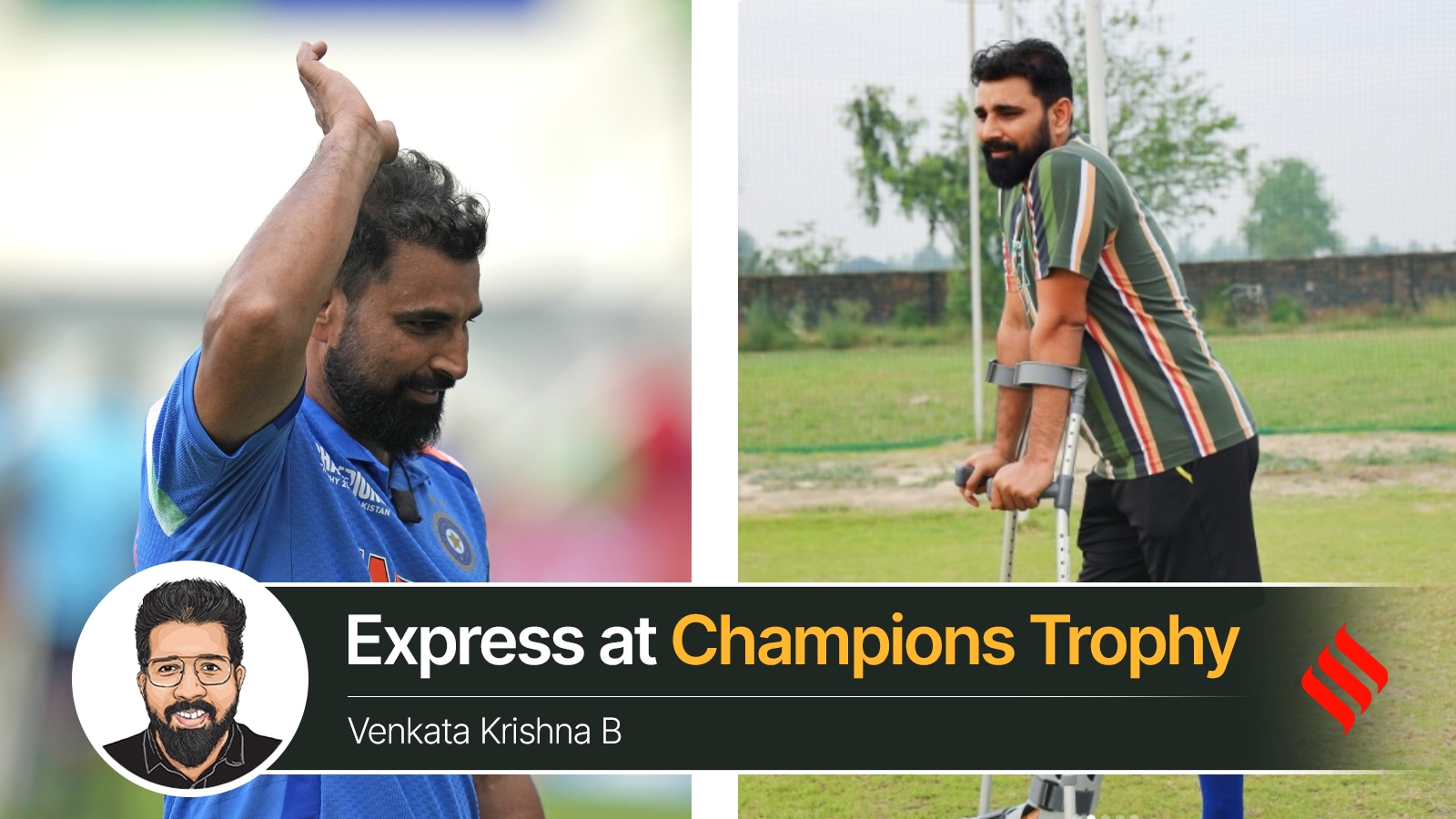 |
|
Mohammed Shami's journey back to the pinnacle of cricket is a testament to his unwavering determination and resilience. After a career-threatening injury that left him fearing he'd never walk normally again, Shami embarked on a grueling and emotionally taxing rehabilitation process. The article details the immense physical and mental challenges he faced, spending over two months with his right foot elevated, unable to bear weight. This was particularly difficult for a man who was accustomed to the constant physical demands of professional cricket and found solace in physical activity on his farm. The initial stages of recovery were marked by intense self-doubt and apprehension; he questioned his ability to ever return to the field, let alone compete at the highest level. The simple act of putting his foot on the ground after two months felt like learning to walk again, underscoring the profound impact of his injury.
His recovery wasn't a straightforward path. Even after the initial healing, Shami faced setbacks, including a swollen ankle due to the sudden increase in workload. The article highlights the meticulous and gradual nature of his rehabilitation, emphasizing a step-by-step approach guided by medical professionals at the National Cricket Academy (NCA). This involved rigorous physical therapy, gradual increases in activity levels, and a careful return to bowling practice. The team's strategy was to prioritize his complete recovery over a hasty return, with conscious decisions to hold him back from major tournaments like the Australian tour until his rhythm and confidence were fully restored. This cautious approach proved crucial in preventing further injury and ensuring a sustainable return to the game. The unwavering support from the BCCI's medical team and the patient guidance of coaches played a crucial role in navigating these challenges.
Shami's perseverance ultimately paid off. His return to domestic cricket through the Ranji Trophy, Syed Mushtaq Ali T20 Trophy, and Vijay Hazare Trophy served as vital stepping stones in his comeback. These matches provided valuable game time and allowed him to gradually regain his match fitness and bowling rhythm. The decision to ease him back into the national T20 team was strategic, avoiding the pressure of immediately facing the highest level of international competition. The article culminates with his remarkable five-wicket haul against Bangladesh at the ICC Champions Trophy, showcasing his remarkable return to form. Although still working toward his peak performance, Shami’s achievement underscores his incredible comeback story. His perseverance provides a powerful message of hope and inspiration to athletes facing significant injury setbacks, demonstrating that with dedication, patience, and the right support, recovery and even surpassing previous levels of performance are attainable.
The narrative weaves together Shami's personal account of his struggles and reflections, quotes from sources within his support team and management, offering a comprehensive look at his rehabilitation process. It's not just a story of physical healing but also a powerful illustration of mental fortitude, illustrating how overcoming self-doubt and managing emotional challenges are integral parts of a successful recovery. Shami's story serves as an inspirational example for aspiring athletes and highlights the importance of comprehensive rehabilitation programs that focus on both physical and psychological well-being. It also provides a valuable insight into the level of support and careful planning required for the successful comeback of a high-performance athlete. His triumph is not just his personal victory but also a testament to the dedication of those who worked tirelessly alongside him to ensure his return to the sport.
